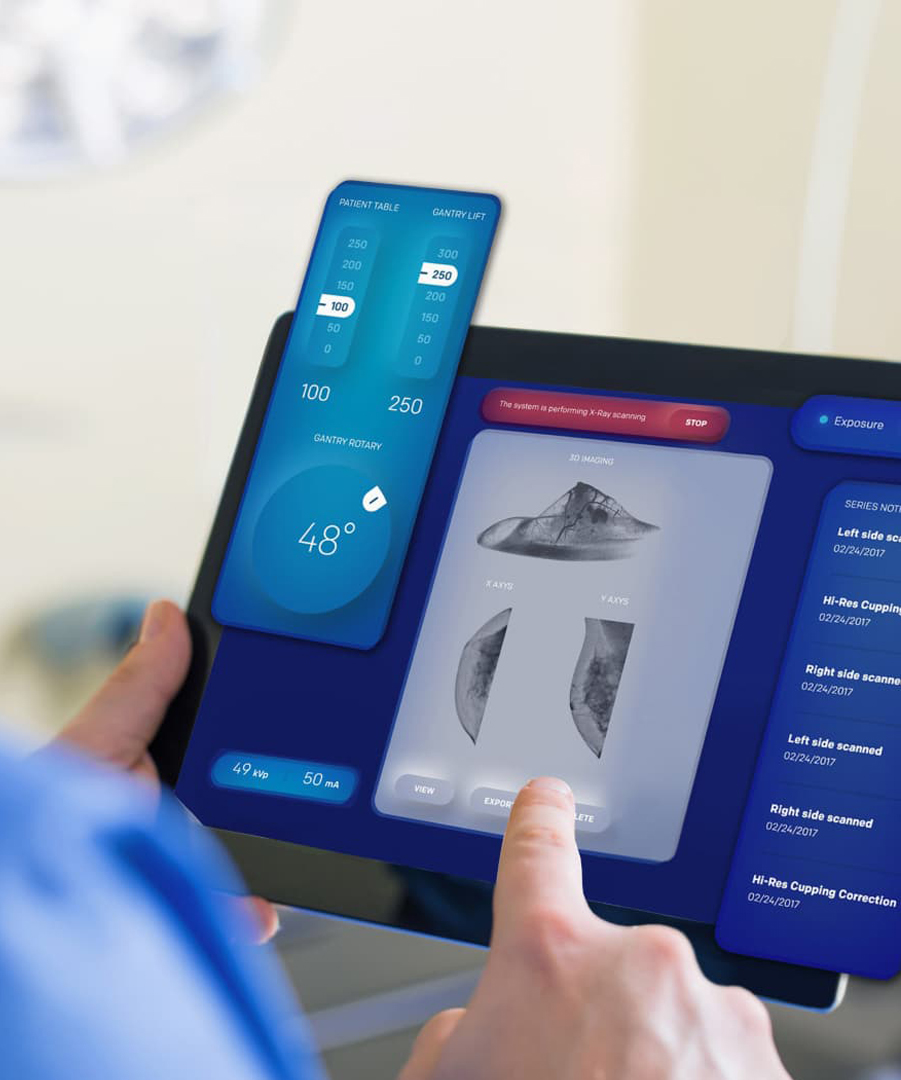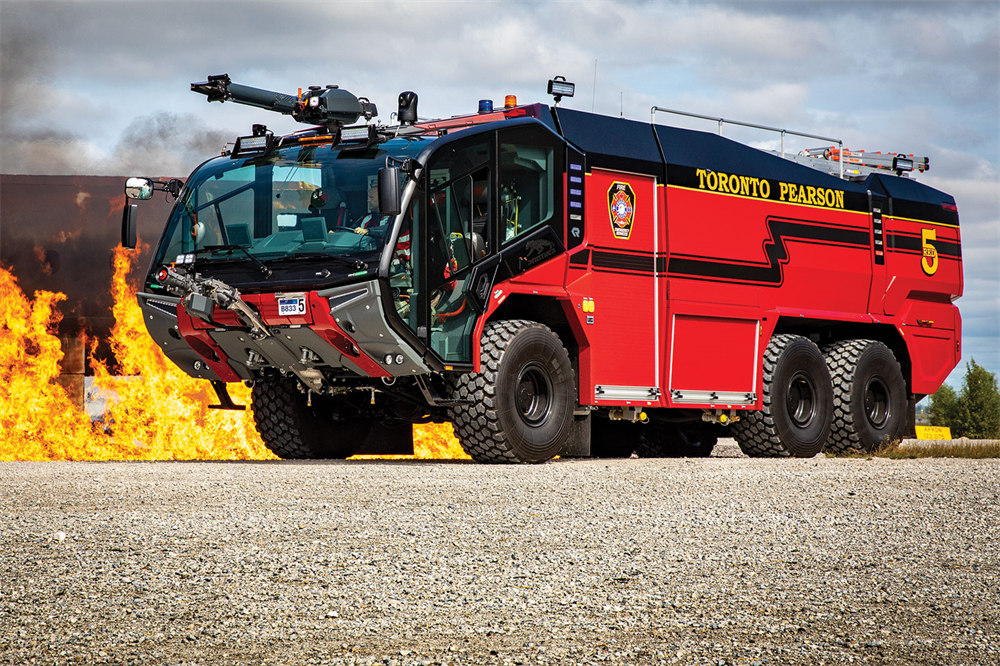


Rosenbauer Airport Rescue and Firefighting (ARFF) truck is a cutting-edge vehicle engineered to address the unique challenges of aviation emergencies. As a global leader in firefighting technology, Rosenbauer integrates advanced engineering, high-performance capabilities, and operational versatility into these specialized units. Typically configured with 4x4 or 6x6 all-wheel drive, ARFF trucks feature powerful diesel engines (500-800+ hp) paired with hybrid-electric systems for rapid acceleration (0-80 km/h in ≤25 seconds), critical for meeting ICAO response time mandates.

Key specifications include water tanks (6,000-14,000 liters), foam concentrate tanks (800-1,500 liters), and roof-mounted high-reach extendable turrets capable of discharging 6,000+ liters per minute up to 90 meters. The vehicle's cab incorporates crash-resistant construction, 360° visibility, and integrated thermal imaging cameras for zero-visibility navigation.
Rosenbauer's patented CAFS (Compressed Air Foam System) optimizes fire suppression efficiency while conserving resources. Modular designs allow integration of airport-specific features like undercarriage spray systems for runway fires and explosion-resistant components.

Rosenbauer Aircraft Rescue and Firefighting (ARFF) trucks are critical for airport emergency response, requiring precision and expertise. Here are five key operational tips:
1. Master Vehicle Controls and Systems
Familiarize yourself with the truck’s advanced interface, including pump controls, foam proportioning systems, and hydraulic stabilization. Rosenbauer ARFF vehicles often feature joystick-operated high-capacity monitors and all-wheel-drive capabilities. Regularly practice switching between water/foam modes and adjusting nozzle patterns to ensure rapid deployment during emergencies.
2. Optimize Terrain Handling
These trucks are designed for rough terrain and high-speed response. Engage the all-wheel-drive system on uneven surfaces and utilize the vehicle’s stability control to prevent rollovers. Maintain moderate speeds on paved areas to balance maneuverability and safety, especially near aircraft.
3. Prioritize Monitor Nozzle Efficiency
The roof-mounted monitors deliver high-volume fire suppression. Position the truck at a safe distance (15–30 meters) from flames to maximize coverage while avoiding heat exposure. Adjust foam-to-water ratios based on fuel type—use 3%–6% for hydrocarbons and 1%–3% for polar solvents like ethanol.
4. Conduct Pre-Operation Checks
Inspect critical systems daily: verify foam concentrate levels, test pump pressures, check tire inflation (often higher than standard trucks), and ensure emergency lighting/sirens function. Confirm the hydraulic system for extending booms or rescue platforms operates smoothly.
5. Train for Multi-Agent Suppression
Rosenbauer trucks support simultaneous use of water, foam, and dry chemical agents. Practice deploying combined agents for complex fires (e.g., jet fuel spills with electrical hazards). Coordinate with crew members to manage hose lines and secondary monitors efficiently.
By integrating these strategies, operators can maximize the Rosenbauer ARFF truck’s cutting-edge capabilities while ensuring rapid, coordinated responses to aviation emergencies. Continuous simulation-based training is vital to maintain readiness.
You may be interested in the following information